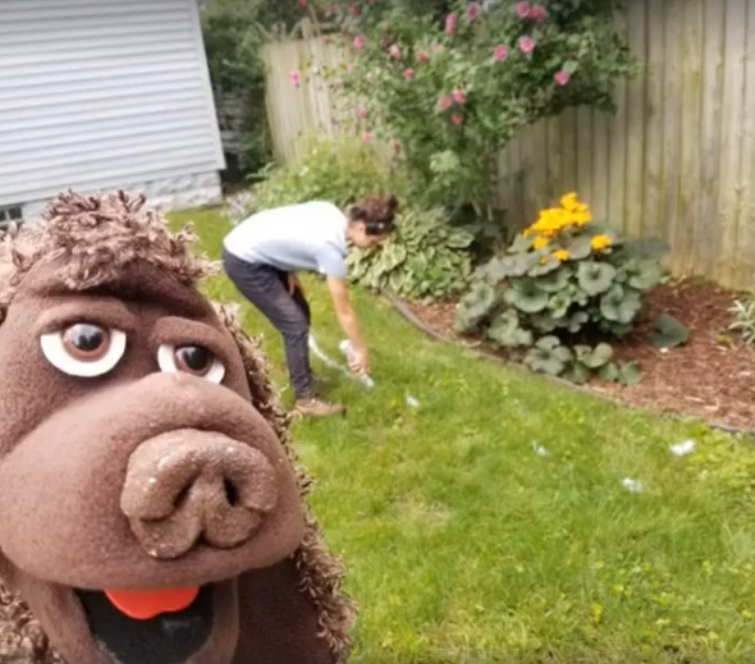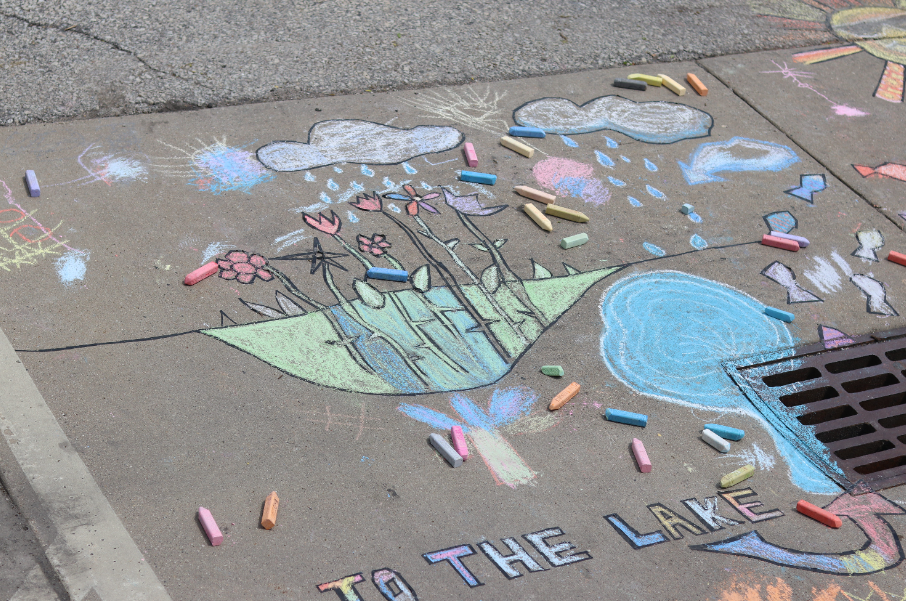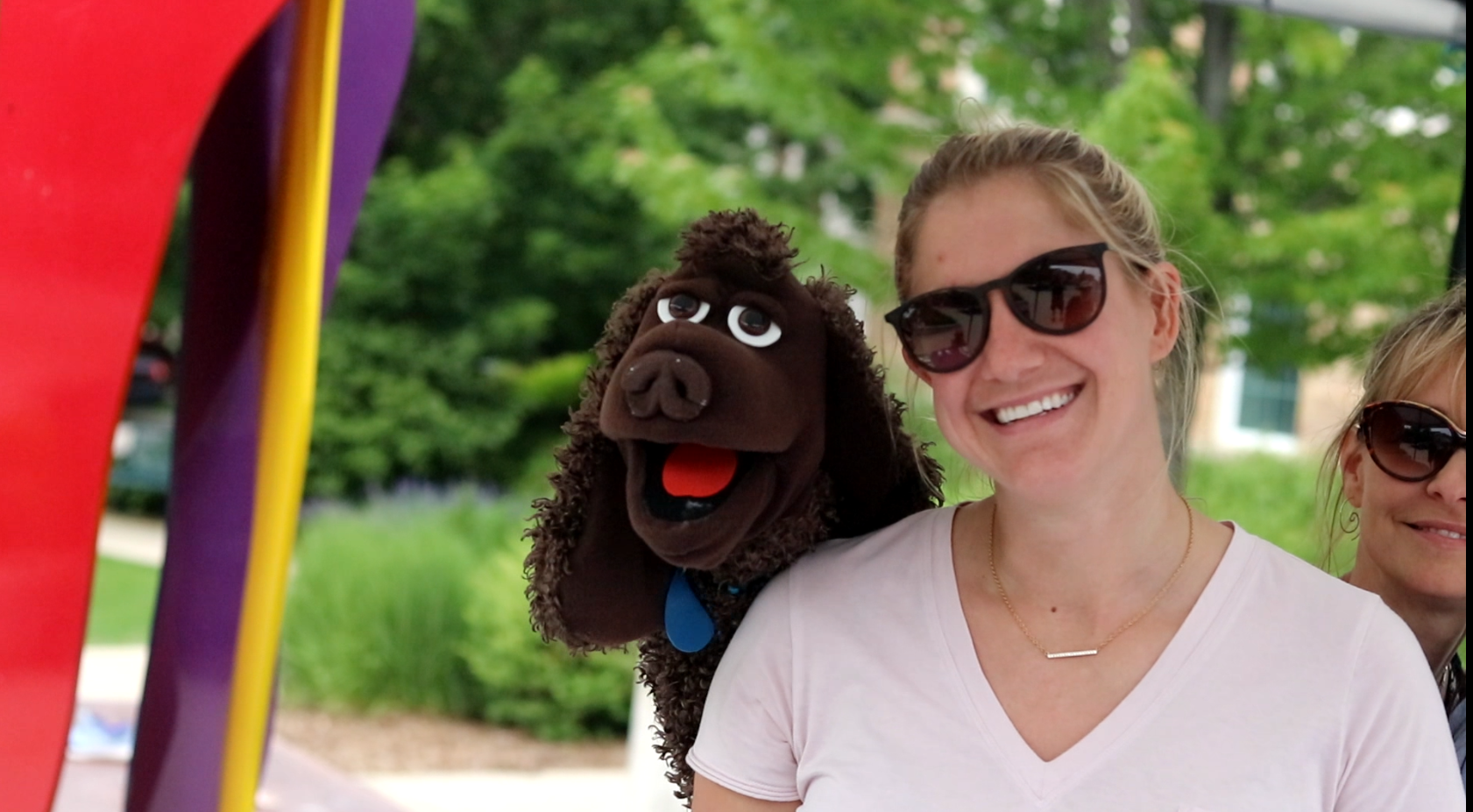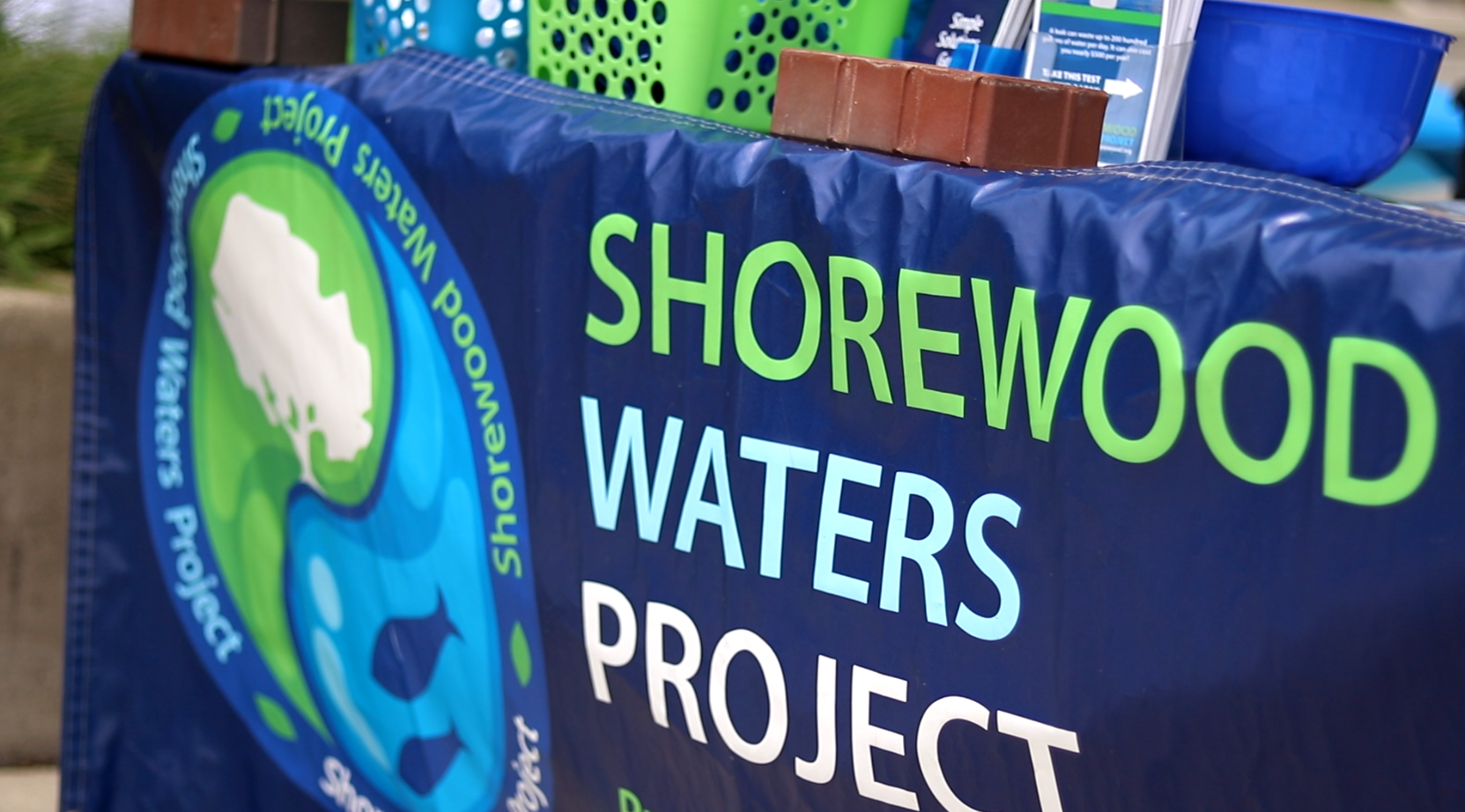Making G.I. Go Viral
Last month saw the wrap-up of a joint effort between the Village of Shorewood, Stormwater Solutions Engineering, LLC, Sweet Water, and Milwaukee Metropolitan Sewerage District (MMSD) to reduce flooding in Shorewood, Wisconsin. Using funds from a grant awarded to two to four area municipalities each summer by the Wisconsin DNR, residents of the Shorewood had the opportunity to receive a limited number of free rain barrels, rain gardens, and StormGUARDens™. The Green Team of Wisconsin also joined the partnership to assist with soil amendments that both aerated and fertilized the soil. With these amendments, plants can grow deeper roots that allow water to filter deeper into the subsurface.
To build resident awareness and interest in green infrastructure in Shorewood, Sweet Water’s Respect Our Waters educational staff spread the word at community events and farmers markets. Project partners aimed to make learning about green infrastructure fun and interesting through community art installations, opportunities for stormwater education, and of course, sign ups for free green infrastructure installations.
In total, 69 rain barrels, 11 rain gardens, 16 soil amendments, and 7 StormGUARDens were given away this summer. According to MMSD’s square-footage to gallons calculation, this amount of green infrastructure can prevent about 12,000 gallons of stormwater from entering the combined sewer areas of Shorewood. This is a critical step for this highly urbanized community because there are very few spaces left in the area that could contain a large-scale green infrastructure project. Instead, many small-scale, residential projects like these work together throughout the village to help reduce the risk of flooding and the chances of combined sewer overflows.
Programs like this one beg the question -- how do we make green infrastructure an attractive opportunity for more private property owners?
In northeastern Illinois, the Conservation Foundation took an interesting approach. They used a social marketing approach and yard signs to increase interest and adoption of green infrastructure through their Conservation@Home program. The program provides home visits to residents to provide guidance and criteria for designing their own conservation friendly landscaping. Those residents who follow through and install these features are awarded a “Conservation@Home” sign that they display proudly in their yard.
Interestingly, in some areas the program has become popular enough that residents pay a fee to participate in the program ($50), which covers the expert consultation and cost of the yard sign. Program partners include the University of Illinois Extension and the Forest Preserves of Cook County. Although this is only the second year that this program has been in Cook County, the Conservation Foundation began in the 1980s and continues to grow, now existing in a total of seven counties. Currently there are approximately 130 homes enrolled in the Conservation@Home program and 80 people certified, and the Foundation is beginning a similar pilot program called Conservation@School that will provide environmental education to schools.
As southeastern Wisconsin seeks to scale up green infrastructure in the region, these two projects offers lessons in promoting an ethos of water stewardship. Creating incentives, engaging neighbors in fun ways and even using a bit of positive peer pressure can help GI “go viral.”
Do you know of any other residential green infrastructure programs or projects that focus on stormwater management? Let us know in the comments below or email Kristin at kristin@swwtwater.org.
See photos from the Shorewood Waters Project below!




